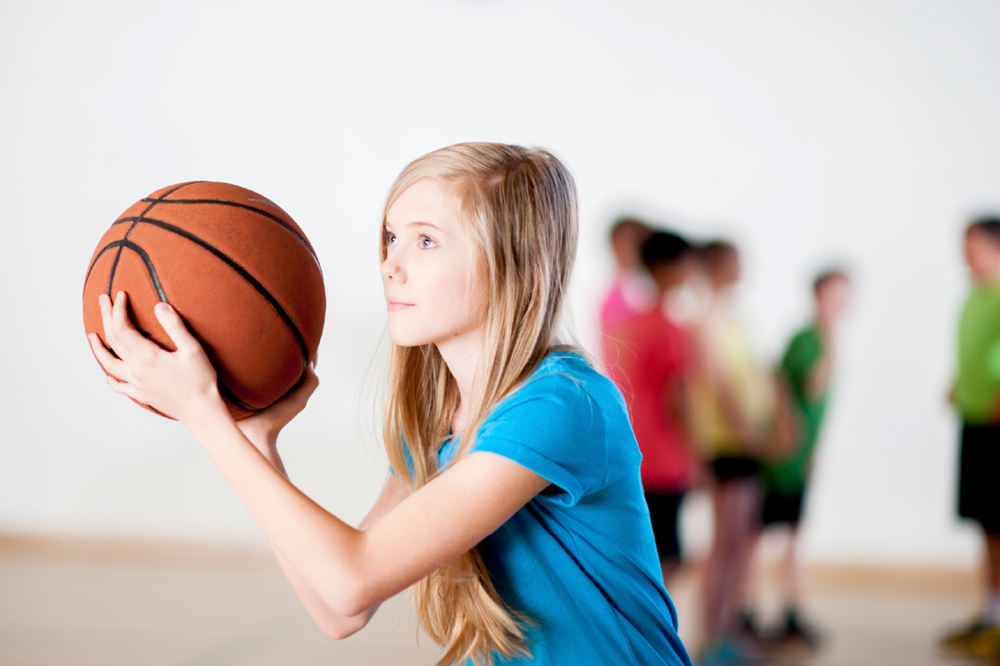Soccer, football and basketball, oh my! So many sports, so little time. But before you shuffle your children to their next athletic activity, take a few moments to follow these steps. They could help protect your little ones from serious foot and ankle injuries.
1. Start With a Pre-Season Physical
Pediatrics professionals agree that a simple medical checkup not only ensures that your child is healthy enough to engage in sports, it can also reveal whether or not any previous injuries need extra support and/or protection with things like ankle wraps and orthotics. Doctors may also have helpful tips on nutrition, supplements and other things to help keep your child healthy, strong and free from scrapes, bruises and concussions throughout the sports season.
2. Buy the Right Shoes
Every sport requires a different type of shoe that keeps the foot stable and supported during the specific movement required for the activity. Try to remember that not all athletic shoes are created equally, and healthy children stay that way by wearing the proper shoes.
3. Buy New Shoes Every Season
It might be tempting to allow your child to wear the same pair of sports shoes two years in a row if his or her foot seems to be the same size. However, this is a common parenting mistake that leaves your kids susceptible to serious foot injuries and ankle sprains. Shoes wear down and don’t offer the same support and stability over time. Even small changes in the way the ankle tilts can lead to big problems.
4. Check the Playing Area For Hazards
Ankle sprains can happen easily if your children are running, jumping and kicking on uneven surfaces. It’s a good idea to walk the field and do a safety check before sporting competitions, especially in areas like public parks and open fields. Alert coaches to any possible hazards that could lead to foot and ankle wounds.

5. Engage Kids In Warm-Up Activities
Never allow your children to begin any type of sport without first having them warm up. Light jogging, stretches and cardio activity like jumping jacks help prepare the muscles, ligaments, tendons and blood vessels for the game ahead, which dramatically reduces the chance of accidents and injury.
6. Treat Injuries Right Away
It’s always a good idea to have any sports related injuries that occur examined by a qualified physician as soon as possible. What might seem like a simple sprain could actually be broken foot bones — or worse. Left untreated, foot and ankle wounds can lead to long-term problems like arthritis, unnatural gait and the inability to play sports later in life. Besides, the sooner your child starts to properly heal, the sooner he or she can get back in the game.
7. Be Aware Of Overuse Injuries
Believe it or not, overuse injuries are becoming more frequent than accidents. When kids continue to play the same sport over and over again, they’re using the same muscles over and over again. This can lead to muscle fatigue, tears and strains. Encourage your children to mix it up when it comes to physical activity. If they’re playing football in the fall, consider having them try soccer in the spring. If your child must play the same sport year round, physical therapy may be a good option to help with overuse injury prevention.


